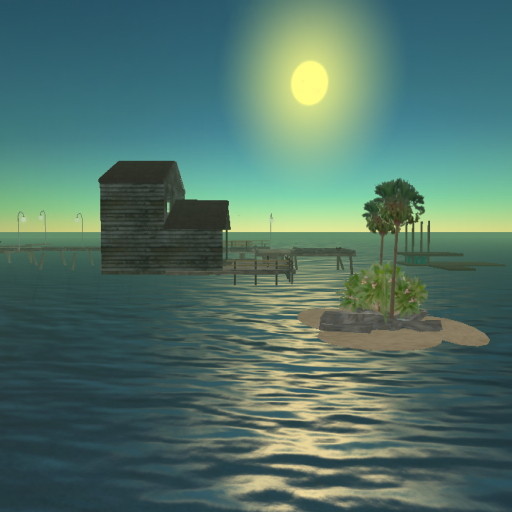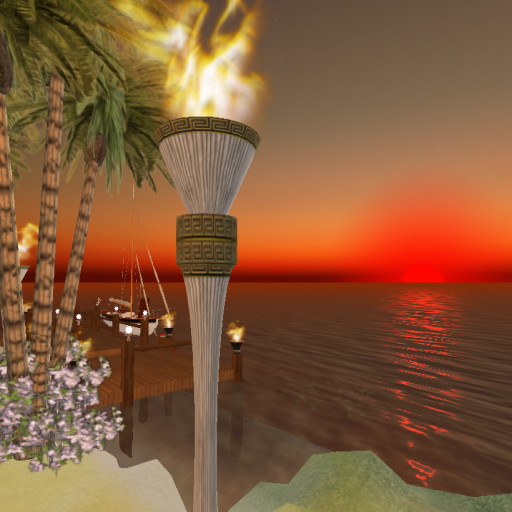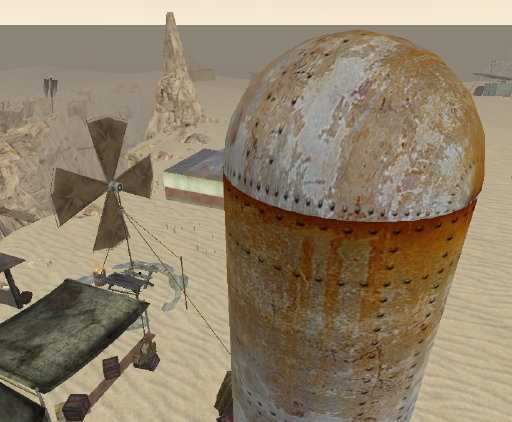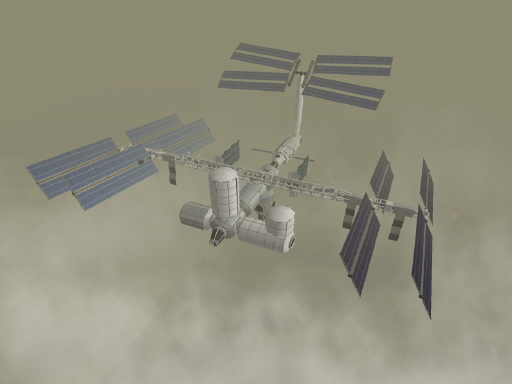
|
New Media: What is a Virtual World? |
A virtual world is an imaginary place synthesized inside a computer where individuals looking at the monitor can feel as if they are in a real world or a fantasy world.
A glimpse into a virtual world:
Salt box fishing cabin in Second Life
Sunrise in Mysteria
Old silo in the post-apocalyptic Wastelands
International Space Station orbits Teen Second Life
People interact with one another in a virtual world by networking their systems and sharing the synthetic space. An avatar is the on-screen representation of a person in a virtual world.
Today, the virtual worlds that people inhabit and where they interact are three-dimensional graphical environments on the Internet. The residents are graphical avatars visible to each other. An individual user experiences telepresence – a sense of presence or being present somewhere with other people and objects.
People add to the virtual environment by creating all sorts of objects there – such as avatars, clothing, vehicles, utensils, landscapes and objet d'art.
Seemingly real
The software that creates a virtual world simulates real-world rules such as gravity, topography, locomotion, real-time actions, and communication.Virtual world residents interact on-screen via their 3D graphical avatar representatives.
- Communication can include keyboard text, voice and other sounds, visible and audible gestures, graphics and icons, and a sense of touch and balance.
- Locomotion can include walking, riding, flying and teleporting. Avatars travel between buildings, towns, regions and even other worlds for education, business or leisure activities.
- Topography can include dry land, oceans, mountains, valleys and other forms limited only by the imagination.
Life and its social relationships are represented by multiple avatars appearing and acting together. They act under direct control of the real-life persons behind the keyboards.
Metaverse
Neal Stephenson, in his 1992 science fiction novel Snow Crash, invented the words metaverse and avatar.
The word metaverse joins the words "meta" and "universe".
He described a metaverse as a fictional three-dimensional virtual world created inside internetworked computers where humans, represented on-screen by avatars, interact with each other in a non-physically existing space that is a metaphor of the real world.
Second Life
While there are more than 100 virtual worlds on the Internet, Second Life is the best known at this time with some 30 million residents.
- Second Life is a social environment where people learn, work, earn, shop, explore and play.
- A free downloadable Second Life Viewer enables residents anywhere to interact with each other through their avatars, providing an extraordinarily advanced level of social networking.
What is Second Life? » How to get started in Second Life? »
Learn more about virtual worlds and Second Life:
- What is a virtual world? »
- What is Second Life? »
- How to get started in Second Life? »
- Great Places in Second Life »
- Stone Semyorka's Second Life photo collections »
- A small photo gallery of Second Life »
- Second Life on YouTube »
- Using Second Life for Education »
- The UNCP Campus in Using Second Life »
- Education on the Second Life Grid »
- Center for the Study of Virtual Worlds »
- Second Life for Business »
- How To Build in Second Life »
- Creating and developing Second Life »
- Who are the residents of Second Life? »
- Second Life: PG vs. Mature »
- Second Edition blog »
- Lexxie's Lexicon blog »
- Sandy's Stuff blog »
- Second Life home page »
- News Media in Second Life »
- News of Second Life and Virtual Worlds »
- Scholarly References about Second Life and Virtual Worlds »
| The names Second Life and Linden Lab, and the hand logo and logotype, are registered trademarks of Linden Research Inc. |



